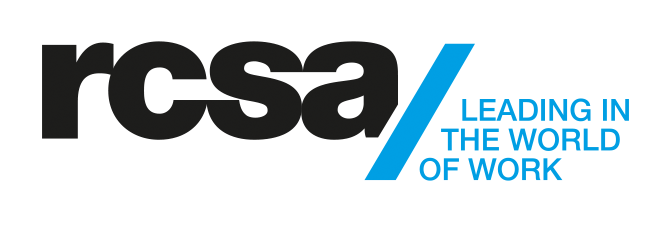Downsizing: The End or the Next Chapter?
Christopher Paterson from Alchemy CM, is facilitating our HR Forum Wednesday 15th May. Here is some information regarding his session for those that can’t make it.
Managing survivors, their managers and their engagement.
Downsize planning is weighted to the front end, leading up to the change event itself and at the expense of the post change reality. In all but a few cases, there is little planning or even thought dedicated to the experience of those remaining. This paper discusses why most projects fail and how to drive staff engagement through to the next chapter for the business.
The Post-Change Reality
Change is hard, downsizing is harder.
HR teams focus on the staff members leaving. This is not only the right thing to do, studies show that providing outplacement programs increases the engagement of the remaining staff (Aberdeen Group, 2011).
Then why do 75% of change programs fail?
John Kotter from Harvard Business School shows that one of the main reasons for change failure is declaring the project to be complete too early. During a downsize, the ‘change event’ is only part of the process and we often see two groups being neglected in the planning and execution:
1. Survivors Remaining Staff
2. Managers Direct Line Managers with People Management responsibility
The Commercial Reality
So is it any wonder that the pain of the change event only results in greater challenges for the business moving forward. Failing to support surviving staff and their managers quickly jumps from an HR issue to a commercial issue:
This is clearly demonstrated in the commercial research on downsizing events.
In a meta-analysis of 16 studies across over 2000 firms, not only was there a failure to achieve a financial result, the downsized businesses also failed to decrease costs, experienced a fall in productivity and a marginalised brand reputation (Gandolfini, 2008).
So what do the successful 25% do?
A Guide to Recommitment
The evidence and our own experience has taught us a thing or two about what works and what to avoid when navigating the challenging post-change environment.
Your Checklist
1) Prepare for Post Change at the Start
2) Managers are your Front Line
3) Communicate Early and Often
4) Provide Survivor Training
5) Measure and Track Progress
1. Think about post-change at the start
Build your post change engagement initiatives and training into the upfront project plan. Prepare people early and get ahead of any negativity. When staff know that they are being supported, they are less likely to engage in destructive rumour and false information.
2. Managers are your front line
The overwhelming body of evidence clearly shows that an individual’s engagement at work is largely due to the relationship with their direct manager and the capability of this manager to lead. This is multiplied during and after a change event. Focus on specific change training for your managers including:
Communicating change
Push and Pull influencing styles
Understanding the natural stages of change
Coaching through change
Training should be practical, not theoretical. Allowing managers to practice their learning in sessions significantly increases their application of these skills on the job.
3. Communicate Early & Often
Regardless of personality differences, the human brain dislikes uncertainty. This is magnified when the stakes are high; when personal income and careers are at stake. Have a clear communication plan, scripts for all stakeholders and stick to it. Regular updates even to say that there is no update are better than a vacuum.
The message may not be pleasant, but the imagination is a powerful thing and people get consumed by nasty “what ifs” when we don’t communicate regularly.
4. Survivor Training
Remaining staff need to be given a bit of time to process the change and the tools to plan their approach. Survivor training gives them the knowledge and builds the skills they need to focus on what they can control and not get distracted by the world of things they can’t.
A little time here goes a long way in helping staff to refocus, reengage and recommit to their careers with the business.
5. Measure and track progress
Get a two way dialogue going to understand what people are thinking and feeling. A good diagnostic of the situation will allow you to identify what is working and focus on the key issues. Rather than assume or work with anecdotal evidence, get hard data through surveys, focus groups, interviews and track this over time.
Combining qualitative and quantitative data gives you the most complete picture.











